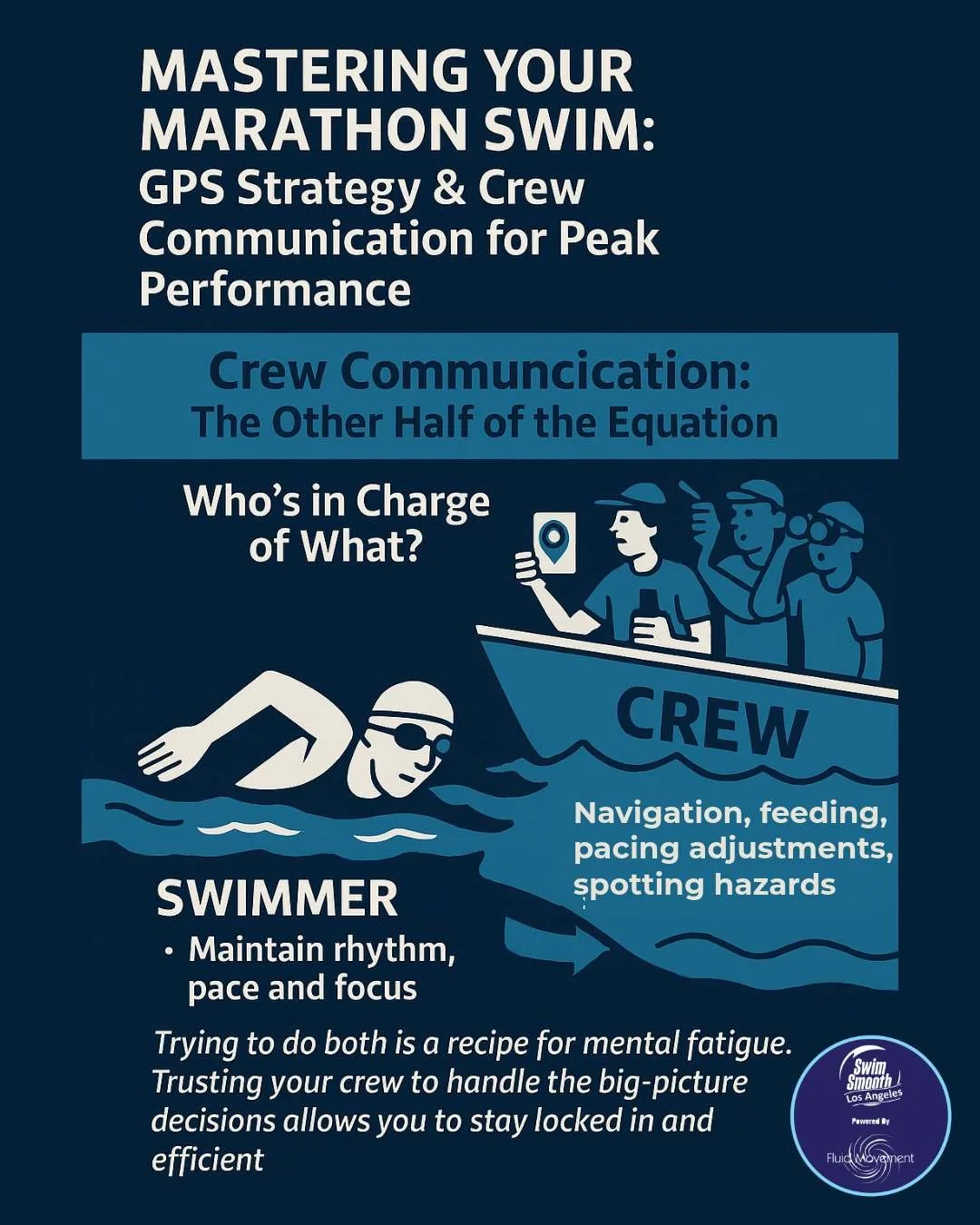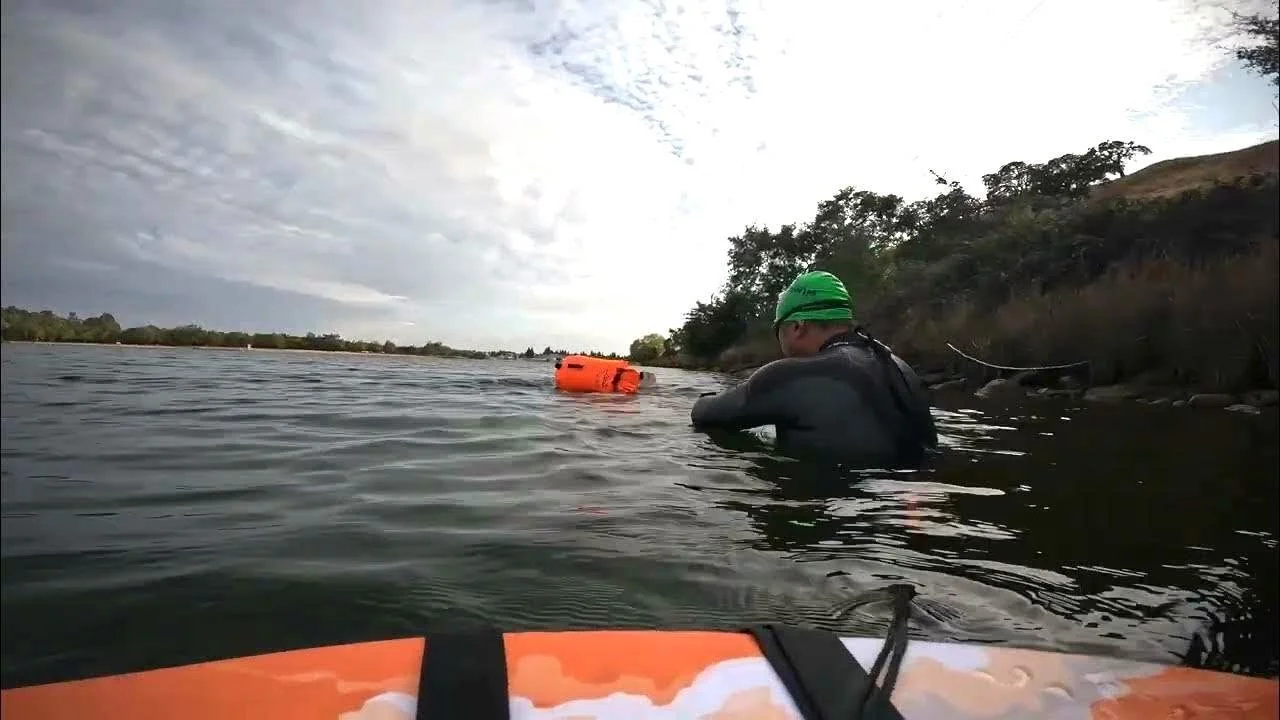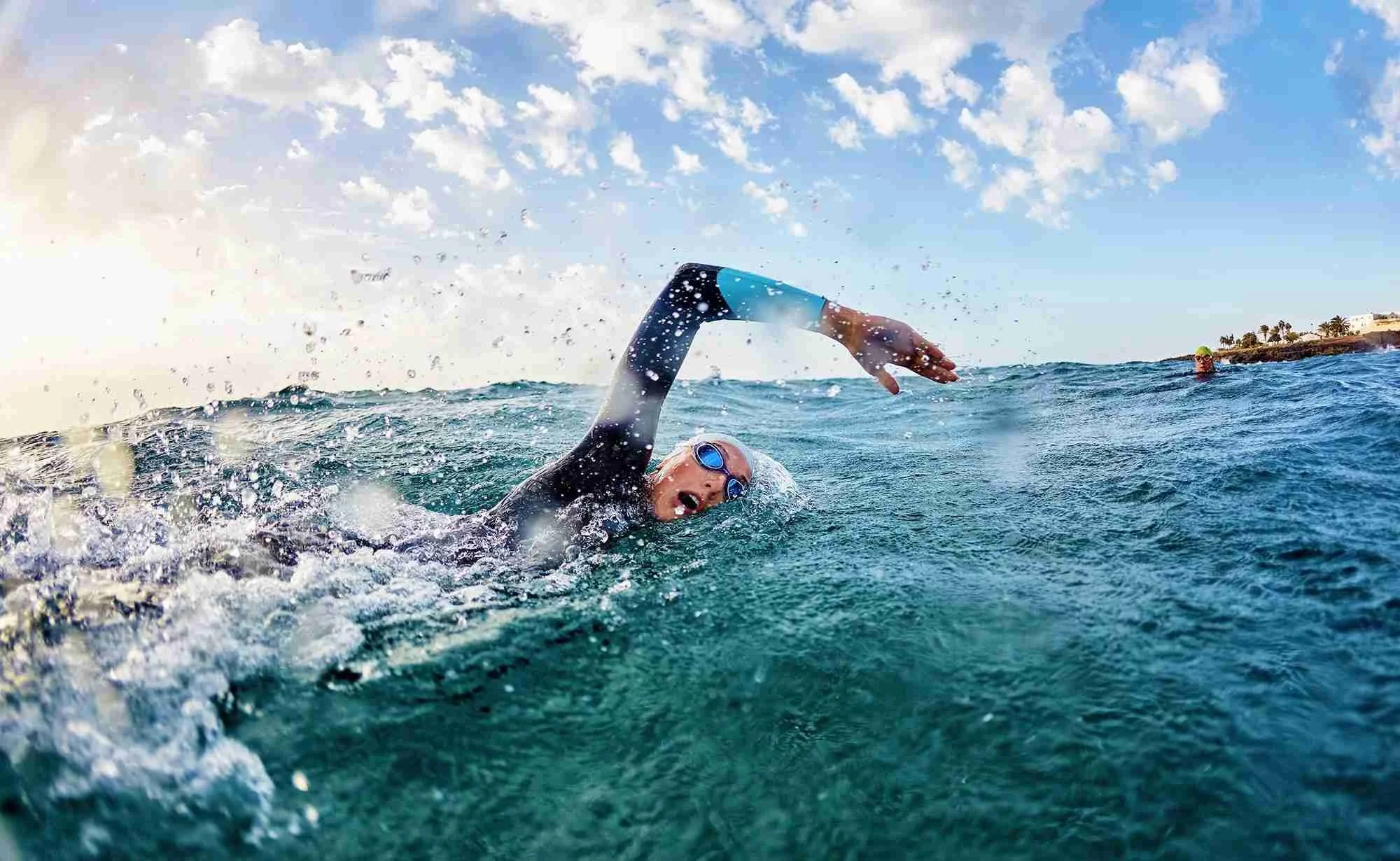How To Prepare For a Marathon Swim: GPS Strategy & Crew Communication
When it comes to marathon swimming, it's easy to focus on training volume, stroke technique, and fitness. But there's something just as important— how well you navigate the course and how smoothly you work with your support crew.
Even the most experienced swimmer can lose minutes—or worse, miss a finish—by drifting off course, fighting cross-currents, or struggling to communicate with their team. Fortunately, with a bit of planning and the right tools, these issues are completely avoidable.
This guide breaks down two essential tools that work hand-in-hand to help you finish strong:
1 – Smart GPS Strategy
2 – Effective Crew Communication
Whether you're tackling your first 10K or training for a major event like the Rottnest Channel Swim, these approaches will keep you focused, efficient, and on track.
Read More Below For More Info How To Prepare For a Marathon Swim
Watch Recommendations for Marathon Swims
Battery life is a critical factor when selecting a GPS watch for marathon swimming events. In fact, it’s arguably as important—if not more so—than GPS accuracy itself. Your support crew can assist with navigation, but if your watch battery dies mid-swim, you risk losing your only record of completing the course (assuming, of course, you make it back!).
Apple Watches are generally not recommended for this purpose due to poor battery performance over long durations. Most of the top-rated options tend to be from Garmin.
So when it comes to how to prepare for a marathon swim, a good GPS watch is critical.
Smarter Navigation Starts with the Right GPS Setup
Why a Straight Line Isn’t Always the Fastest
In open water it's rare you can ever swim in a straight line - you’ve got current, winds & chop that can stray you off course very easily, so being prepared & learning to work with the elements as well as your team who are armed with a solid GPS plan can help you stay efficient, save energy, and keep your feeds and pacing right on track.
Before race day, it’s smart to sit down with your crew and map out your route. Use tide charts, current forecasts, and your expected swim speed to plot the most efficient course—not just the most obvious one.
Many support crews now use GPS units on their boats or kayaks to follow pre-loaded waypoints. These routes are often adjusted based on real-time conditions, so it’s not about locking in a plan and forgetting it—it’s about having a plan that can flex when needed.
For top-of-the-line performance, consider the Garmin Fenix 8 Smartwatch—a multisport GPS powerhouse with advanced navigation, mapping, and durability for both athletes and crew.
On a tighter budget? The Amazfit T-Rex 3 offers excellent dual-band GPS, water resistance, and long battery life at a much more accessible price point—perfect for open water swim tracking and crew support.
A Look at the Catalina Channel Swim
A prime example of GPS use in marathon swimming is the Catalina Channel Swim, managed by the Catalina Channel Swimming Federation. This iconic swim covers approximately 20 miles of open ocean between Santa Catalina Island and the California mainland—where currents, tides, and wind conditions can vary drastically throughout the day.
Successful crossings often depend on thorough route planning and real-time adjustments. Many experienced crews use GPS to track swimmer position, optimize sight lines, and navigate changing sea conditions. While the Federation does not currently offer a dedicated route optimization tool, the principles remain the same: know your swimmer’s pace, understand the local water patterns, and use GPS to keep your line tight and efficient.
Even if you're not swimming Catalina, this strategic approach applies to any open-water swim: study the conditions, chart your course, and be ready to adapt.
Crew Communication: The Other Half of the Equation
Who’s in Charge of What?
In any marathon swim, roles should be crystal clear before you hit the water. As the swimmer, your job is to swim—maintain rhythm, pace, and focus. Your crew? They handle the rest: navigation, feeding, pacing adjustments, and spotting hazards.
Trying to do both is a recipe for mental fatigue. Trusting your crew to handle the big-picture decisions allows you to stay locked in and efficient.
Create a Simple, Reliable System
Good communication doesn't have to be complicated. In fact, the best systems are simple and practiced. You might use:
Hand signals for “feed coming up,” “slow down,” or “you’re drifting left”
Whiteboards for messages when the wind is loud or waves are high
Colored paddles or flags to signal status
Nods, thumbs-up, or pre-set gestures to confirm you’re on the same page
The key is practicing all of this before race day. It shouldn’t feel like a guessing game when you're tired or in rough water.
Practicing with your support kayak helps establish trust and rhythm.
Practice Makes Confident Racing
The best way to make race day smooth is to simulate it in training. Try these drills with your crew:
Swim alongside a kayak for 60–90 minutes, practicing distance control and feeding communication
Alternate breathing sides to stay visually connected no matter where your crew is
Do a no-sighting swim, where you follow the escort craft entirely by feel and trust, focusing on rhythm instead of direction
The more this becomes second nature, the more relaxed and efficient you’ll be when it counts.
Another critical component of how to prepare for a marathon swim is a good crew communication plan.
Wrapping Up How To Prepare For a Marathon Swim
There’s no doubt about it: marathon swimming takes serious fitness and mental strength. But the real secret to long-distance success often comes down to two things: navigating smart and working as a team.
GPS tools and communication systems aren’t just extras—they’re part of what separates a chaotic, draining swim from a smooth, well-paced effort. With a bit of prep and a solid crew beside you, you’ll swim straighter, conserve more energy, and enjoy the process a whole lot more.
So when you think about your next big swim, don’t just ask how far you can go—ask how smartly you can get there.
Resources:






